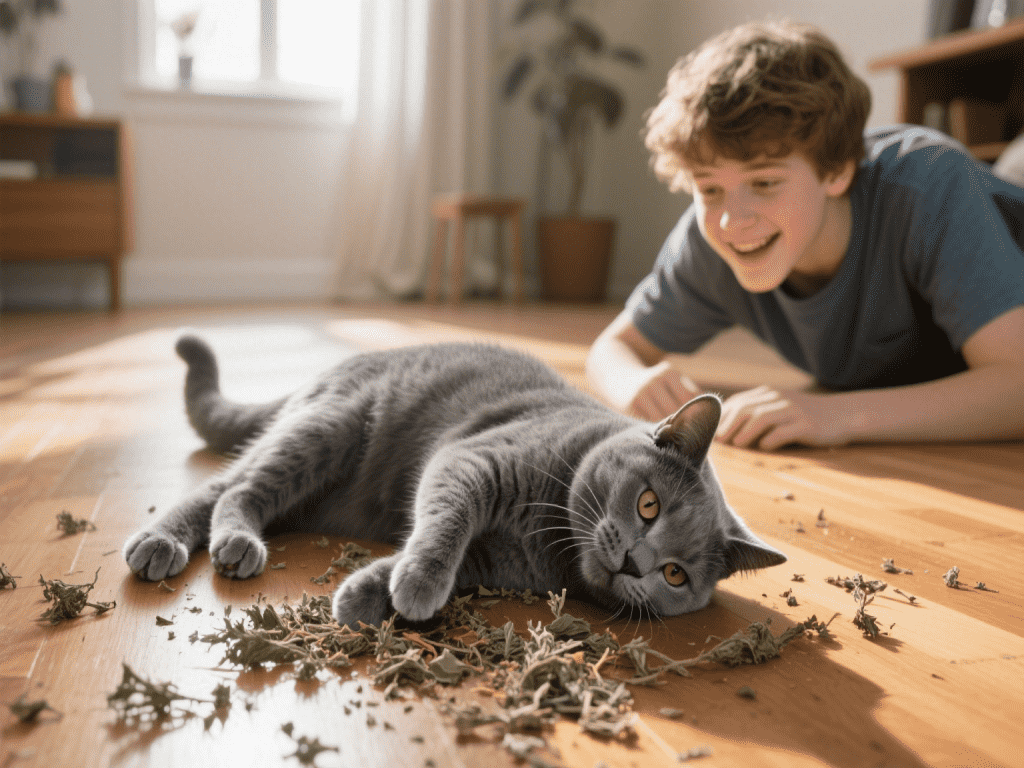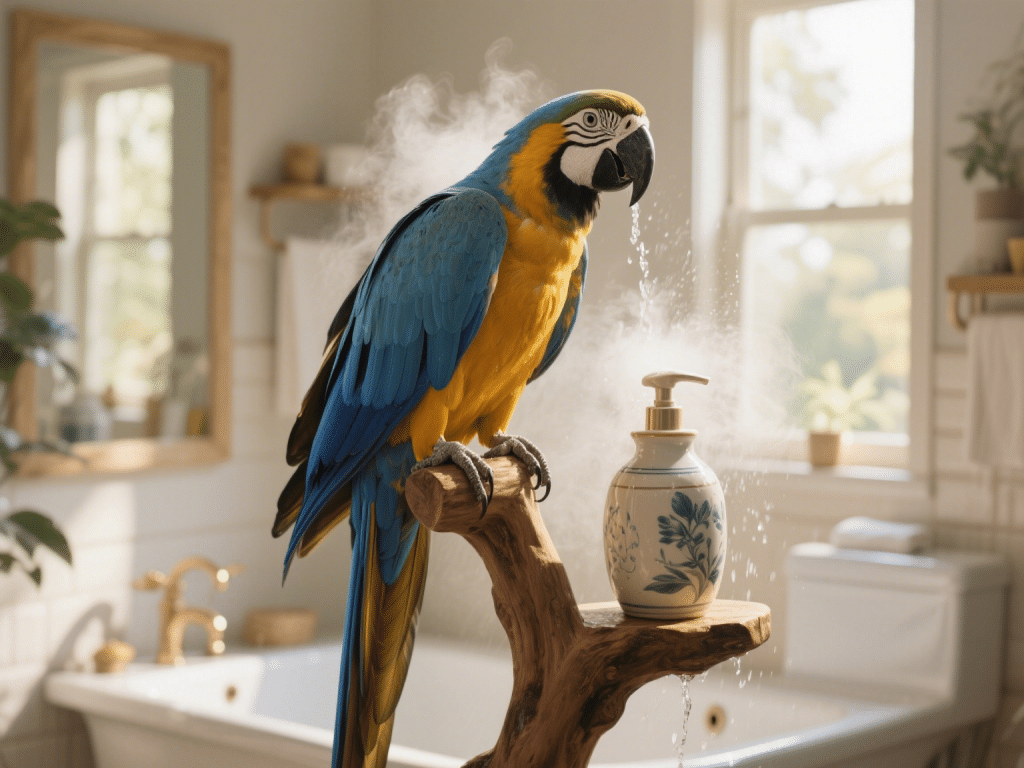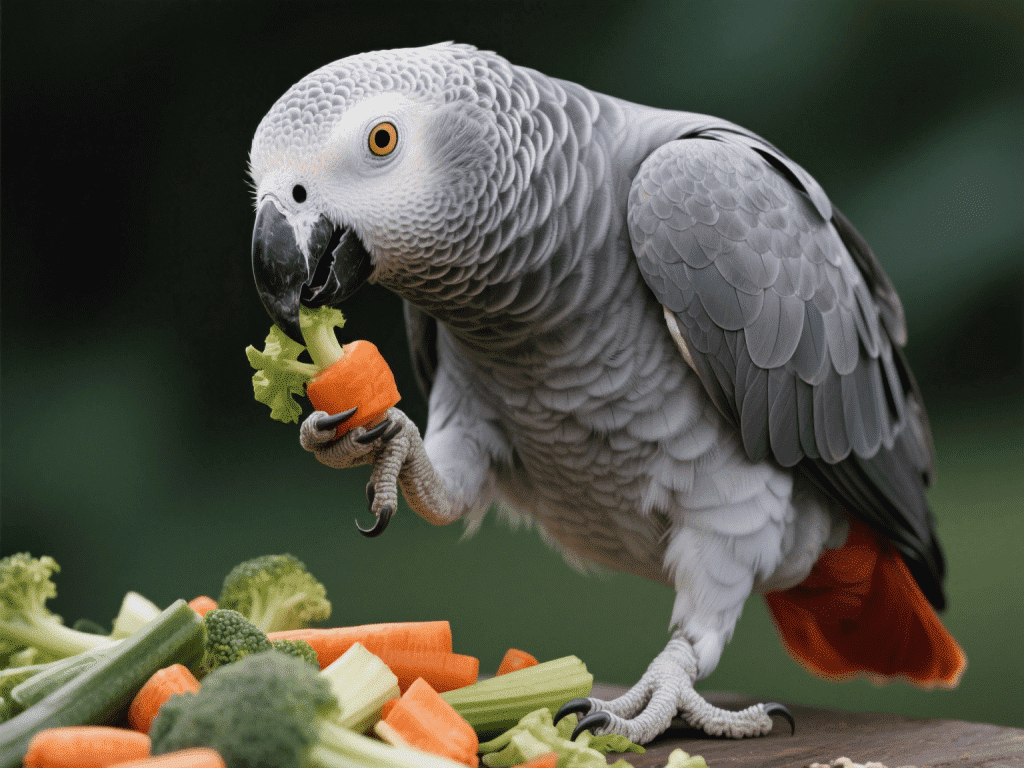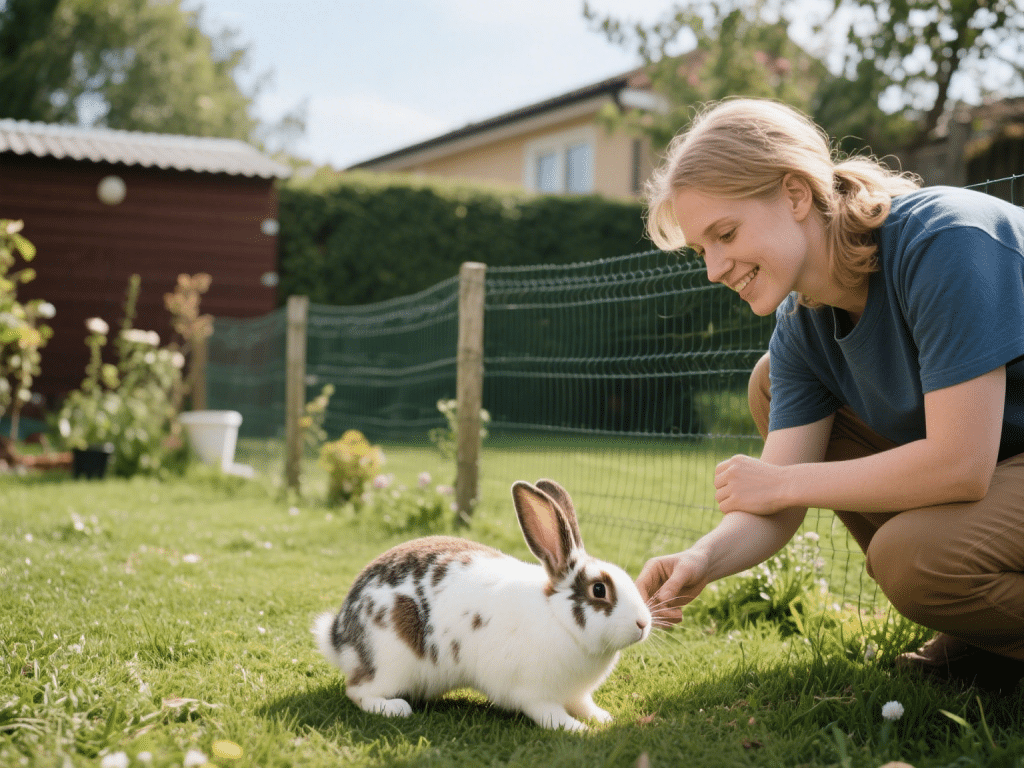Introducing a New Kitten to Resident Cats: A Step-by-Step Guide

Bringing a playful kitten into a home with resident cats can be both exhilarating and challenging. As a long-time feline behavior consultant and multi-cat household caregiver, I’ve guided dozens of families through seamless introductions. When done thoughtfully, you’ll foster trust, reduce stress, and encourage lifelong companionship among your cats. Below is my proven, step-by-step protocol—grounded in behavioral science and refined through real-world experience.
1. Prepare a Safe, Separate Space
Before arrival, designate a quiet spare room—ideally with no resident-cat traffic—as the kitten’s sanctuary. Equip it with food, water, litter box, scratching post, hiding spots, and cozy bedding. This “safe room” allows your new kitten to acclimate without intimidation.
2. Establish Scent Exchange
Cats rely heavily on scent for social recognition. Collect a soft towel, gently rub it over the kitten’s cheeks and sides, then place it near your resident cat’s sleeping area to sniff. Repeat daily—in both directions—to build mutual olfactory familiarity without face-to-face stress.
3. Rotate Territory and Resources
After 2–3 days, swap rooms: move the resident cat temporarily into the kitten’s chamber, and vice versa (keep the kitten in its safe room). This silent swap lets each cat explore the other’s scent-laden territory, easing tension when they finally meet.
4. Begin Visual Introductions
Install a narrow barrier—such as a pet gate or partially cracked door—allowing visual and auditory interaction while preventing direct contact. Offer treats on either side to create positive associations. Keep sessions short (5–10 minutes) and upbeat, gradually increasing duration over several days.
5. Interactive Play Across the Barrier
Engage both cats simultaneously with feather wands or laser pointers on either side of the gate. Play signals shared “fun time” and reduces focus on one another’s novelty, substituting healthy stimulation for stress.
6. Supervised Face-to-Face Meetings
Once both cats show relaxed body language—ears forward, whiskers neutral, loose posture—remove the barrier under close supervision. Keep sessions to 5–10 minutes, gradually lengthening as tolerance grows. Always have treats ready for calm behavior.
7. Monitor Body Language Closely
Key signs of progress include parallel play, mutual grooming attempts, or neutral sniffing. If hissing or swatting occurs, end the session calmly and revert to barrier introductions for another day. Never punish; negative associations can derail bonding.
8. Provide Multiple Resources
Conflict often arises over scarce resources. Ensure at least two food bowls, water stations, and litter boxes in different locations. Offer elevated perches and hiding spots to allow cats to establish individual comfort zones.
9. Encourage Group Positive Experiences
Once face-to-face sessions proceed smoothly, feed both cats simultaneously in the same room, placing bowls at comfortable distance. Gradually decrease separation as they learn to eat side by side without tension.
10. Patience and Consistency
A successful introduction can take two weeks to two months, depending on personalities. Document daily observations—appetite, playfulness, litter-box use—to catch setbacks early. Celebrate small victories: a shared nap spot or playful chase is a milestone worth noting.
Final Thoughts
By following this structured approach—rooted in scent familiarity, gradual sensory exposure, and positive reinforcement—you’ll facilitate a trusting, harmonious feline family. Remember: every cat is unique; adjust pacing to their comfort. With patience, your resident cats and new kitten will soon share boundless adventures.









Comments on "Introducing a New Kitten to Resident Cats: A Step-by-Step Guide" :